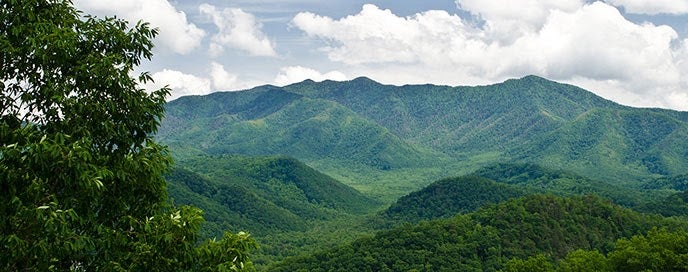With summer comes travel, and whether you're heading to the big city or enjoying a stay-cation, our staff has some suggestions for environmentally-friendly trips to take before fall rolls around.
Urban Environmental Explorations
“In 2009, for the first time in history, half of the world’s nearly 7 billion people lived in cities. By the year 2050, projections indicate that 70 percent of an expected global population of 9-10 billion will live in cities. Many environmental solutions will be, by necessity, urban solutions. I love exploring cities. I especially love learning about urban projects and responses to creating a more environmentally and socially sustainable planet. Whether it’s a vibrant urban park built on a former parking lot, an apartment tower where citizens banded together to buy a solar array, a neighborhood cafe that sources its vegetables from an urban garden farmed by newly arrived refugees, or any other project that makes you say, “it exists, therefore it must be possible,” every city has stories to tell. With just a little bit of research, you can build your own urban environmental exploration, no matter what city you visit.” - Richard Johnson, Director of Sustainability
Great Smoky Mountains National Park
“Nestled towards the Southern end of the Appalachian Mountains between my home state of North Carolina and Tennessee is the most frequented national park in the US: The Great Smoky Mountains. This is a great trip to make any time of year, but especially during the fall when the entire mountain range is painted in fall colors of orange, yellow, and red. Besides having over 800 miles of hiking trail, the park is also home to the highest concentration of salamander species in the world. Also if you’re into bears (and let's be honest, who isn’t) there are approximately two bears per square mile in the park (well over the human population density in Alaska). Though you should definitely keep your distance from the park's wildlife, often times bears and other fauna can be seen from a distance on hikes. The Great Smoky Mountains also has no admission fee, so it is worth going to visit even just for the day.” - Zach Verne, Sustainability Intern
Beaches and Lakes
“My favorite places to experience nature are near bodies of water. Wading or swimming at Galveston beach or kayaking on Ladybird Lake in Austin is a great way to relax, exercise, or get some Vitamin D. Beaches are also so enjoyable because so many activities can be done there, from sports to reading a book in the sun. Many beaches and lakes are also free to visit (except for parking) and great locations for picnics, making them environmentally-friendly and wallet-friendly destinations. Another environmentally-friendly activity you could do is a beach clean-up! There are a lot of species that depend on the quality of the beach, and it’s surprising how much trash can be picked up by a group of people in only an hour. It’s also important to remember not to leave trash on the beach or lake, so bring reusable containers and remember to take them back home with you!” - Nimi Oyeleye, Sustainability Intern
Forest Preserves
“One of my favorite things about my home in Lake County, Illinois, is the effort to conserve local prairies and marshes. These parks are publically owned and feature walking paths that put visitors in direct contact with nature. The best part is how accessible these parks are; you don’t need to be an experienced camper or hiker to enjoy them. While Lake County offers more than 60 parks, it’s a bit far from Houston. Luckily, Houston’s surrounding area also offers beautiful nature preserves. You can visit the Armand Bayou Nature Center, which offers forest, prairies, wetlands, and even an “Owl Prowl” once a month. Further away, you’ll find the Brazos Bend State Park, which has 37 miles of trails. If you’re looking for a day trip or beautiful spot for your morning run, these local nature preserves are great places to do it — no tent required!” - Gennifer Geer, Sustainability Intern
Sustainable Vacations
“Although vacations might seem like a huge carbon waste, there are fortunately many ways to lower your trip’s carbon footprint. For example, while vacationing Philadelphia and New York City earlier this summer, I made my trip more sustainable by supporting local vegan restaurants (Blackbird Pizzeria, Bar Bombon, Dottie’s Donuts, Champs Diner, and Little Choc Apothecary were my favorites — YUM!), utilizing public transit such as subways, trolleys, trains, and UBERpool, and visiting parks like Spruce Harbor Park and Schuylkill River Park in Philly and East River State Park in NYC. Choosing food, transportation, and tourist attractions with lower carbon footprints is an easy way to make sure your vacation is sustainable.” - Veronica Johnson, Sustainability Alumna

